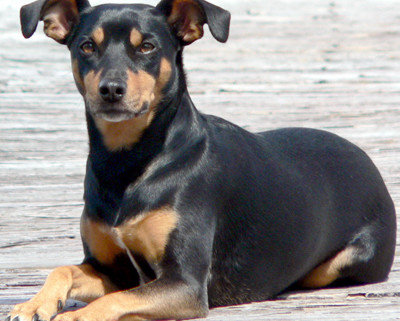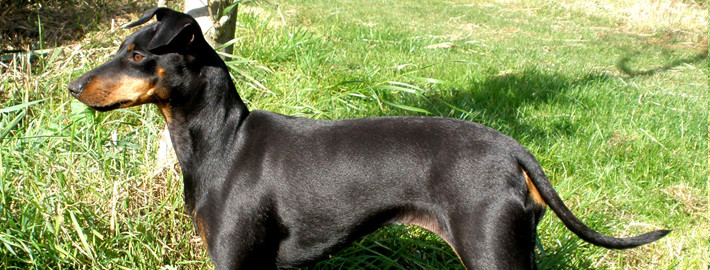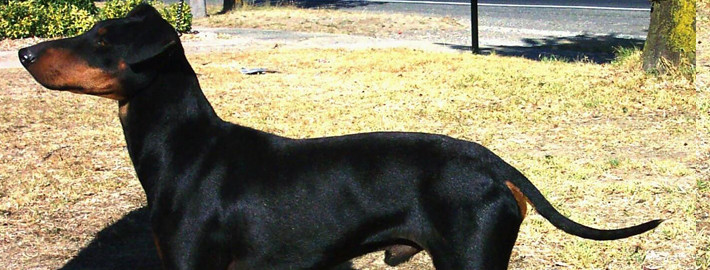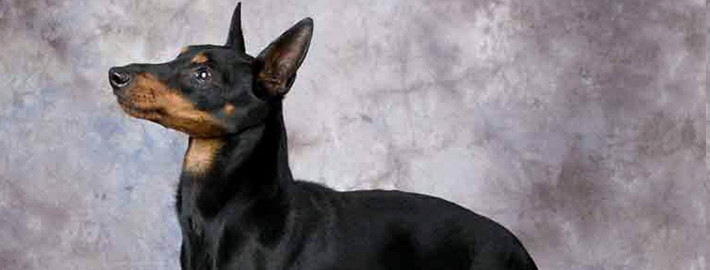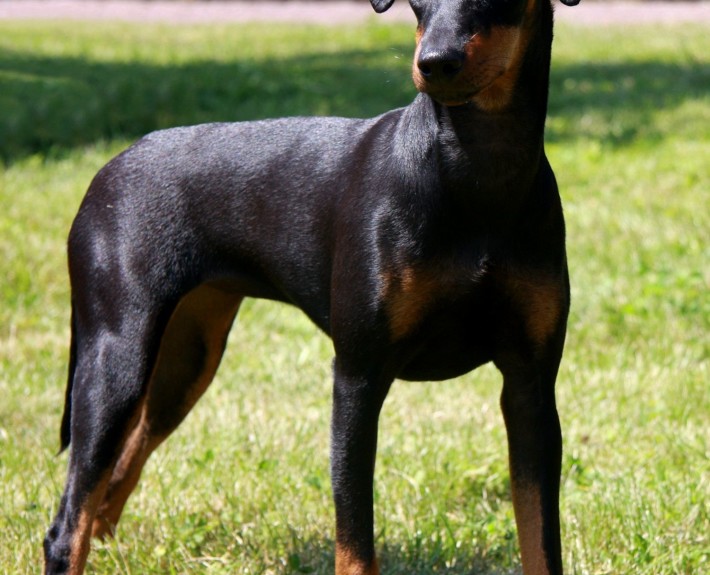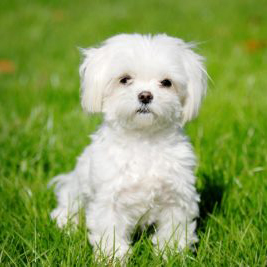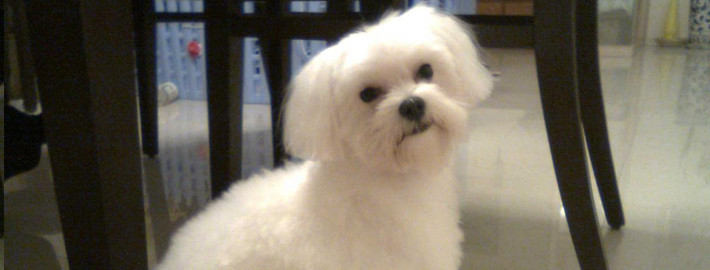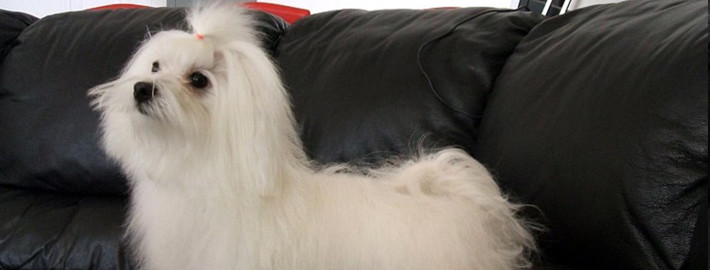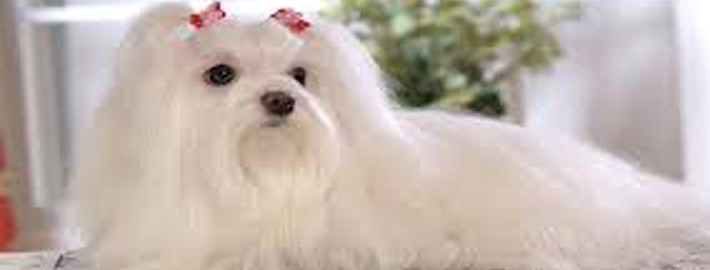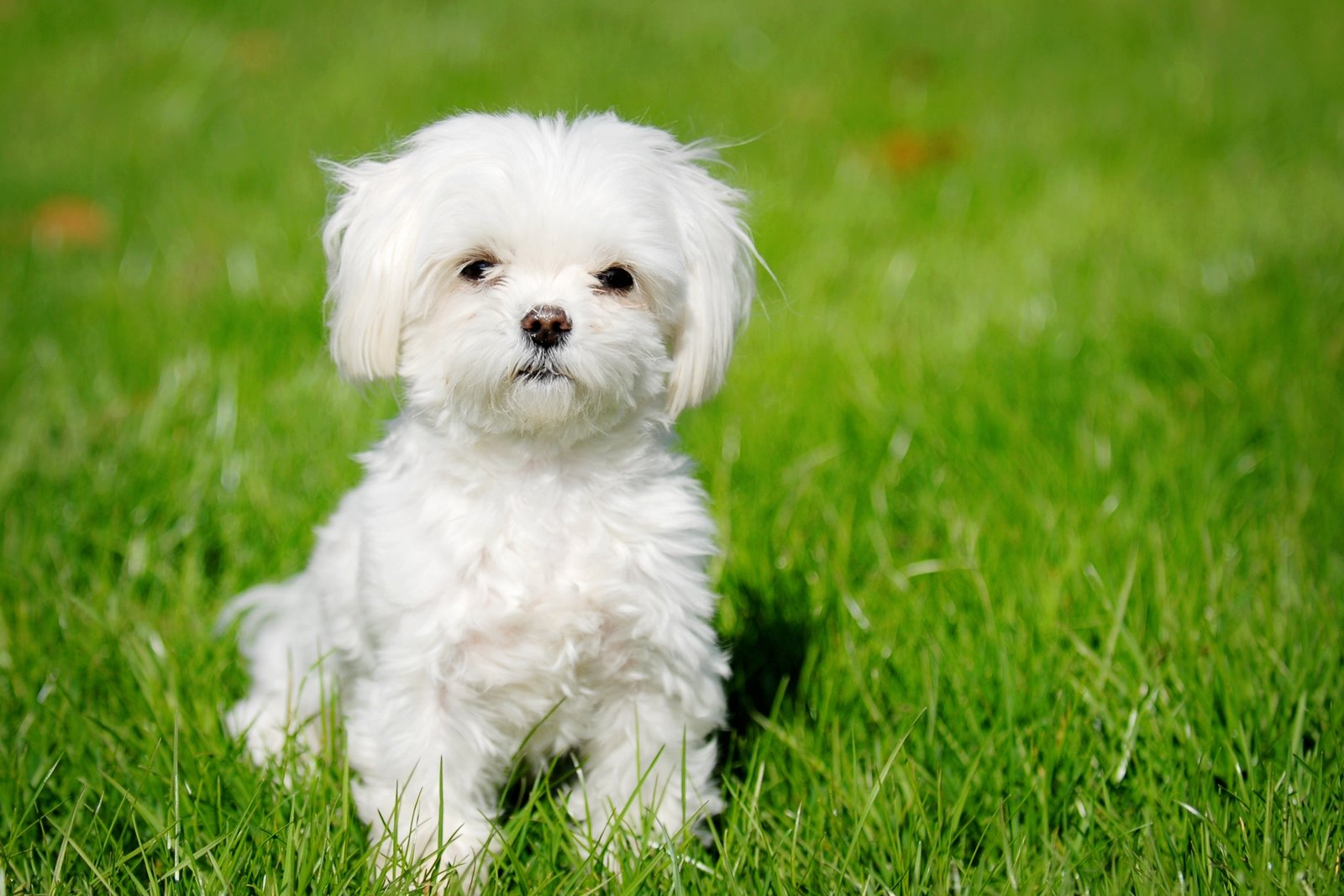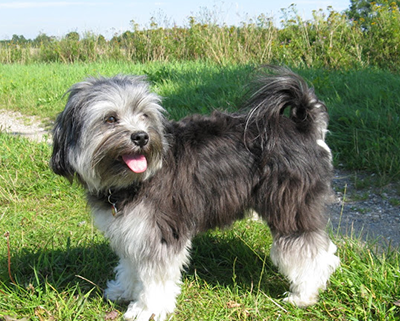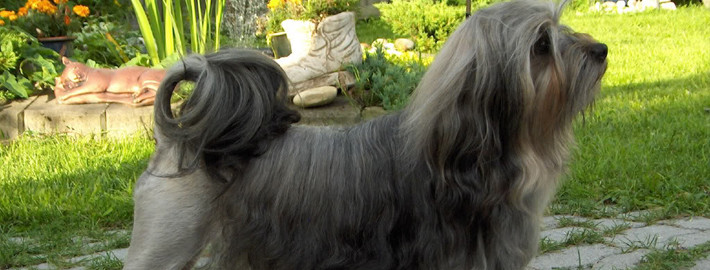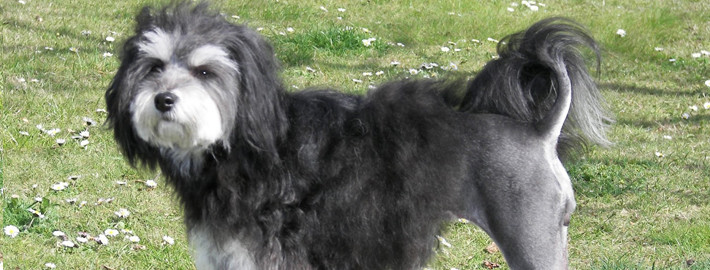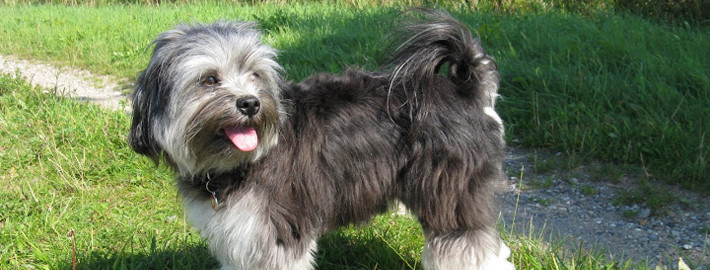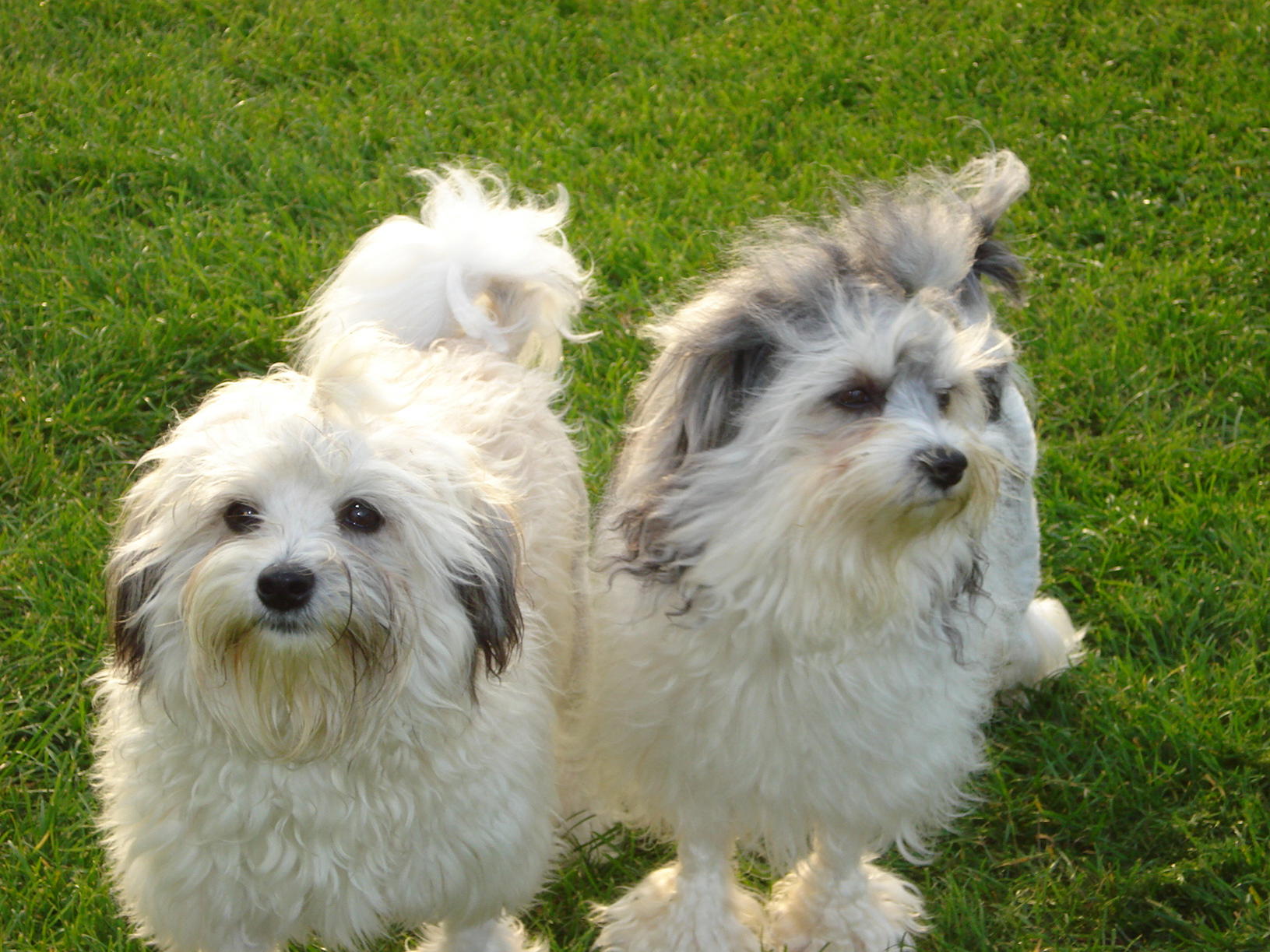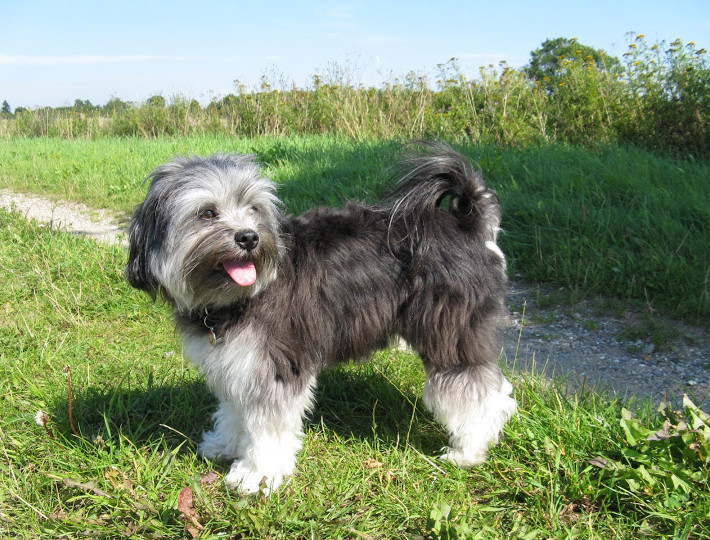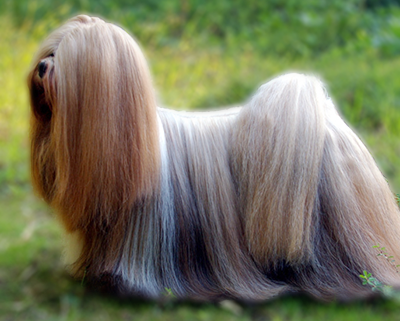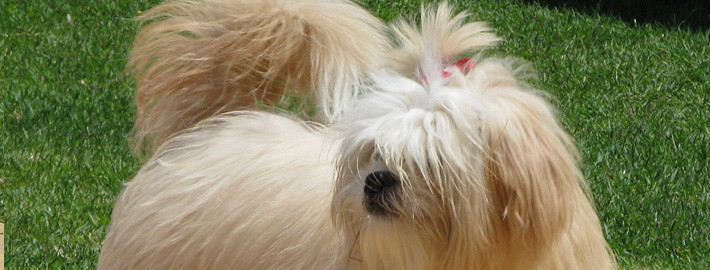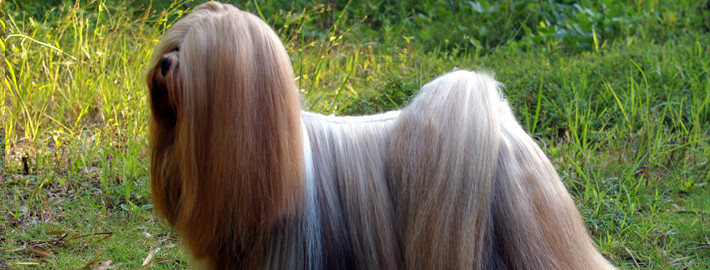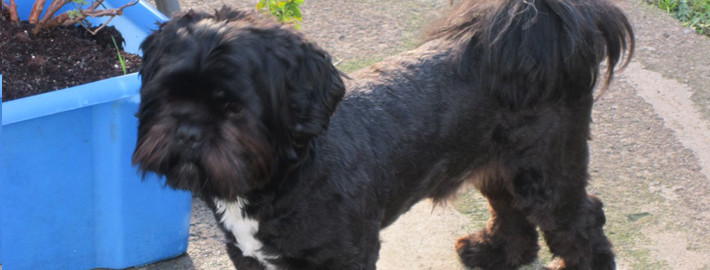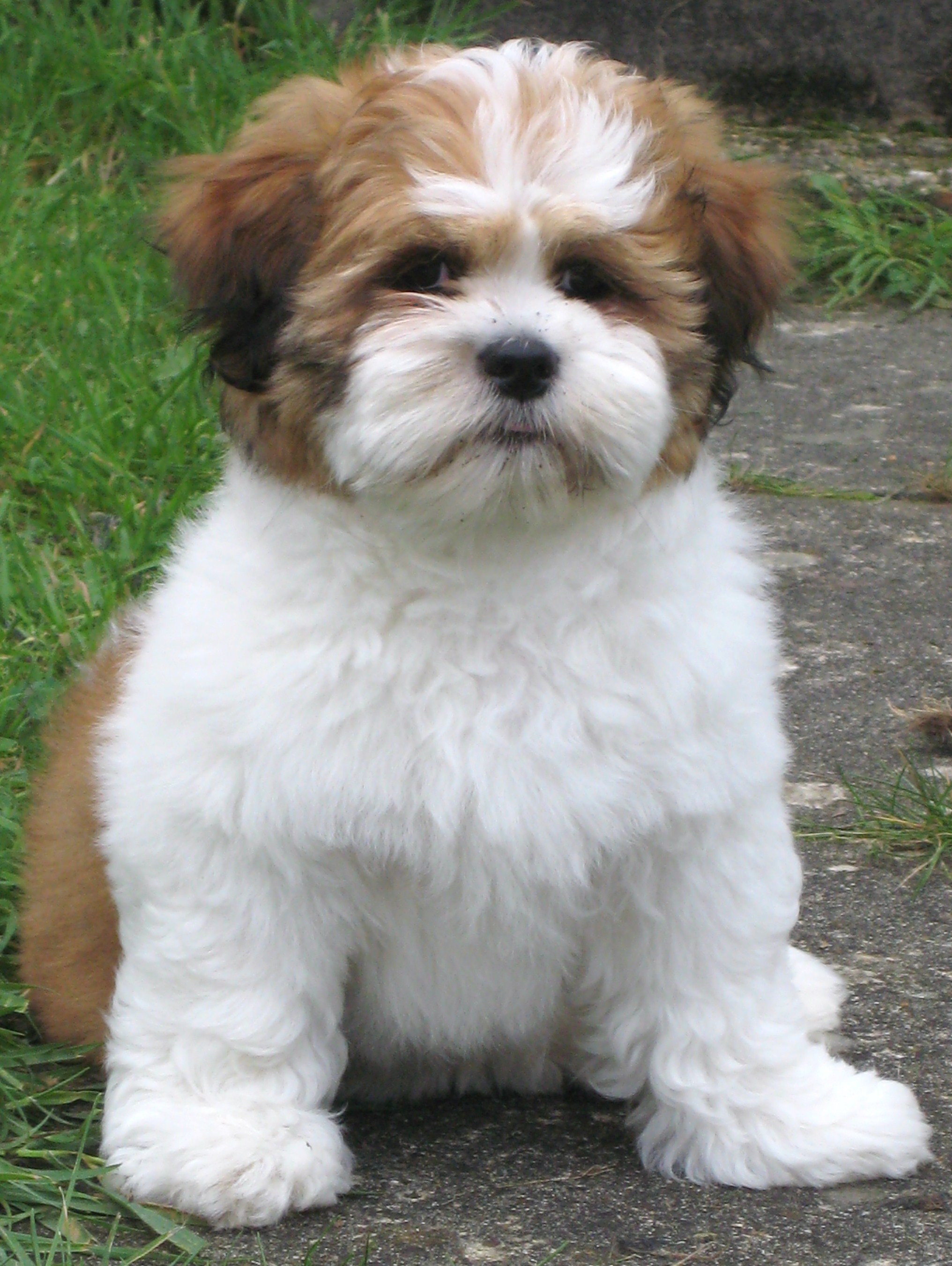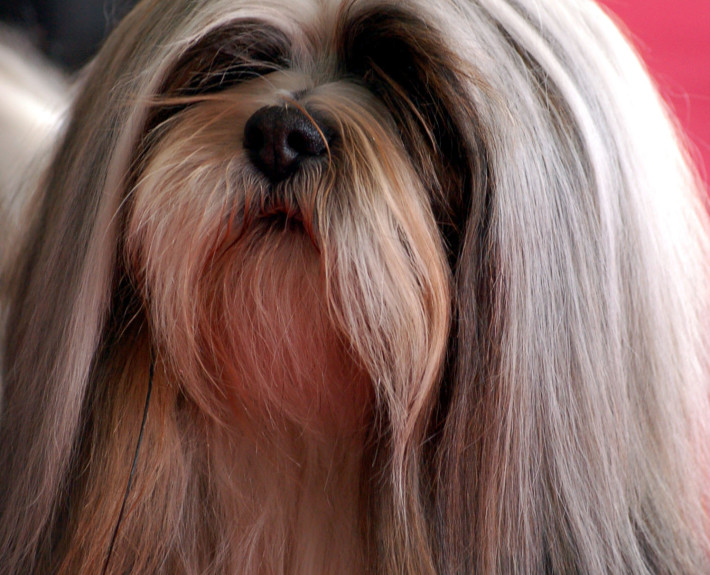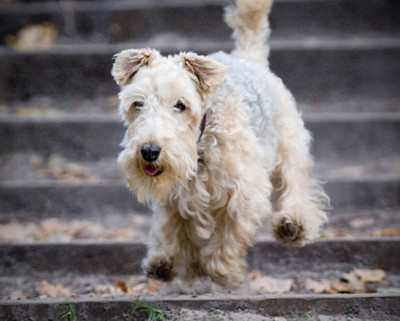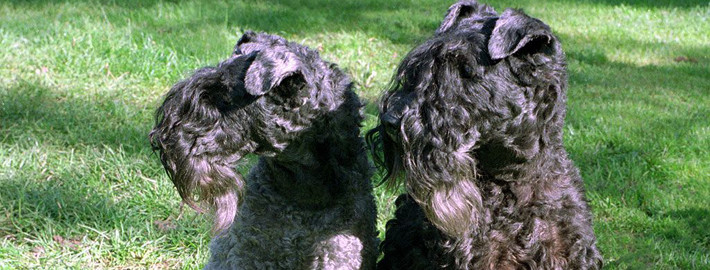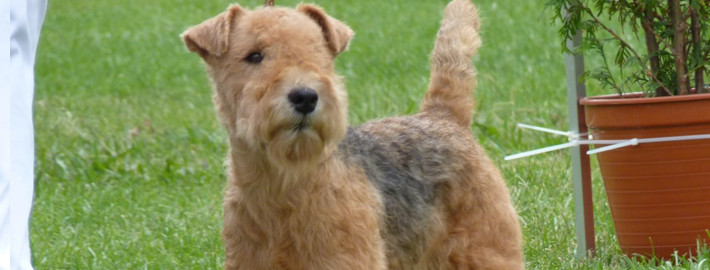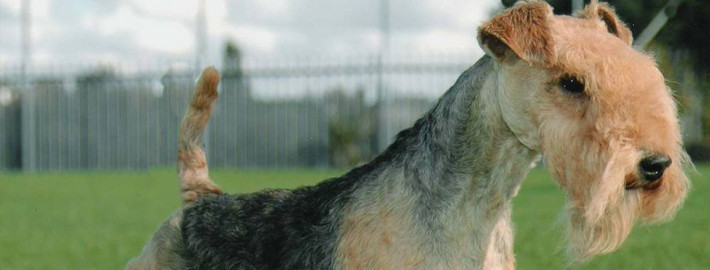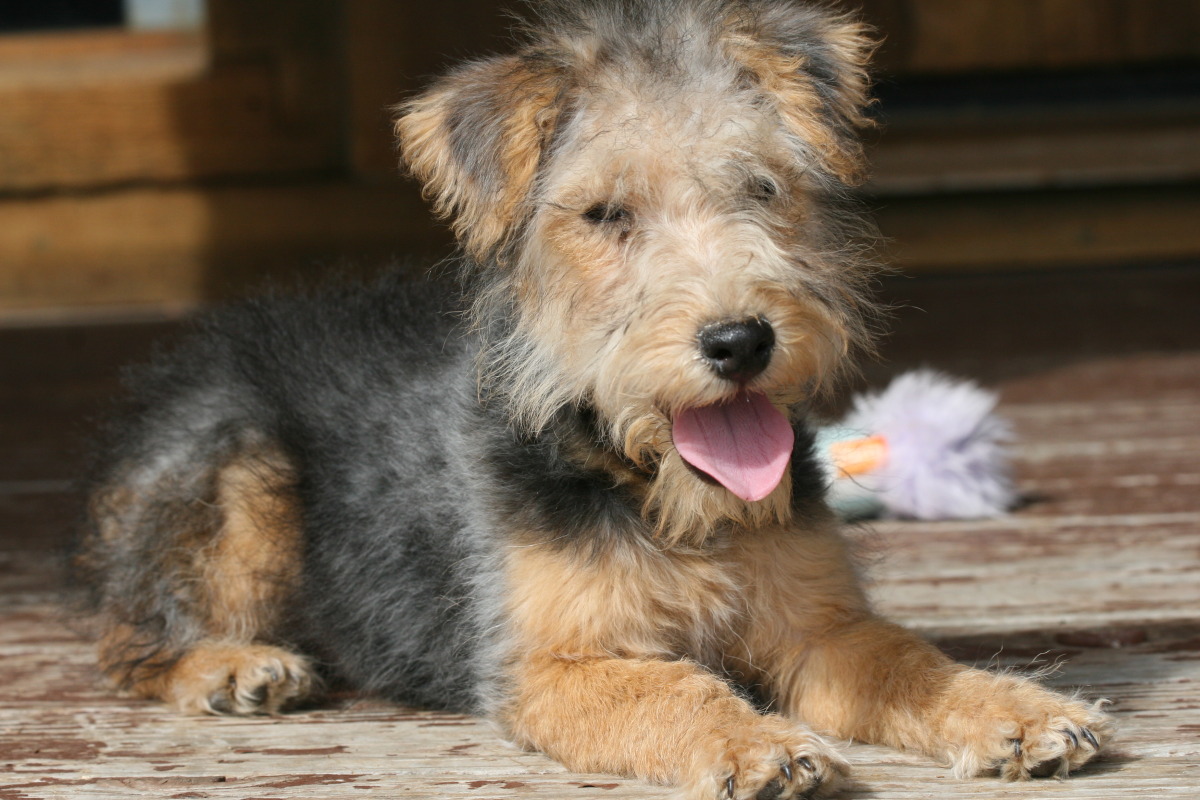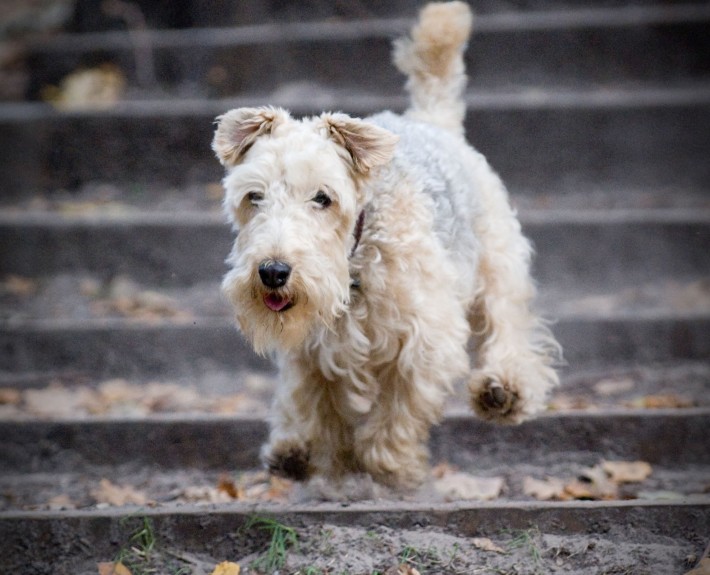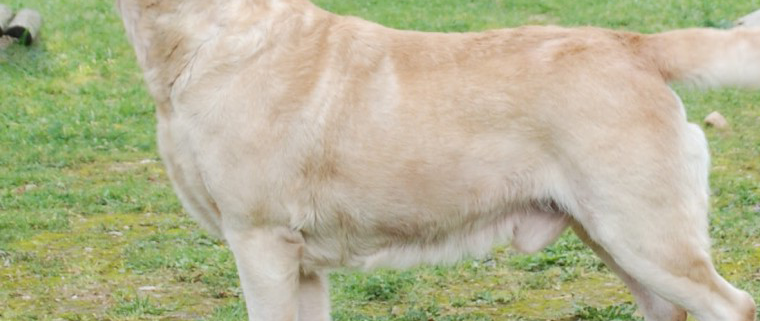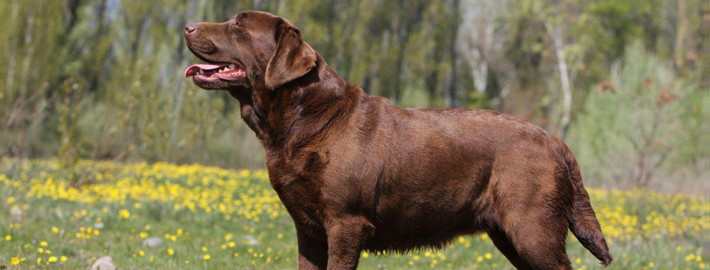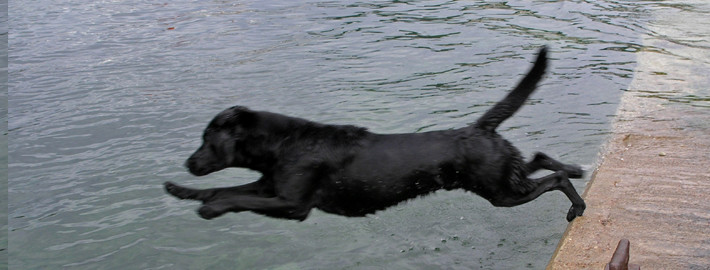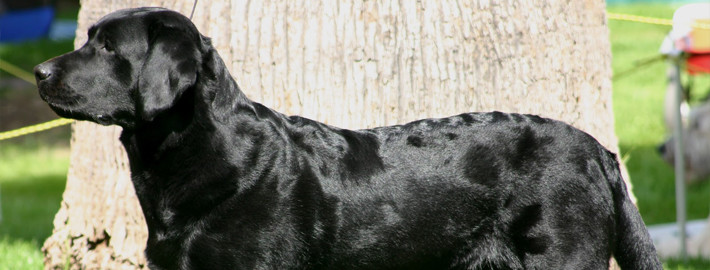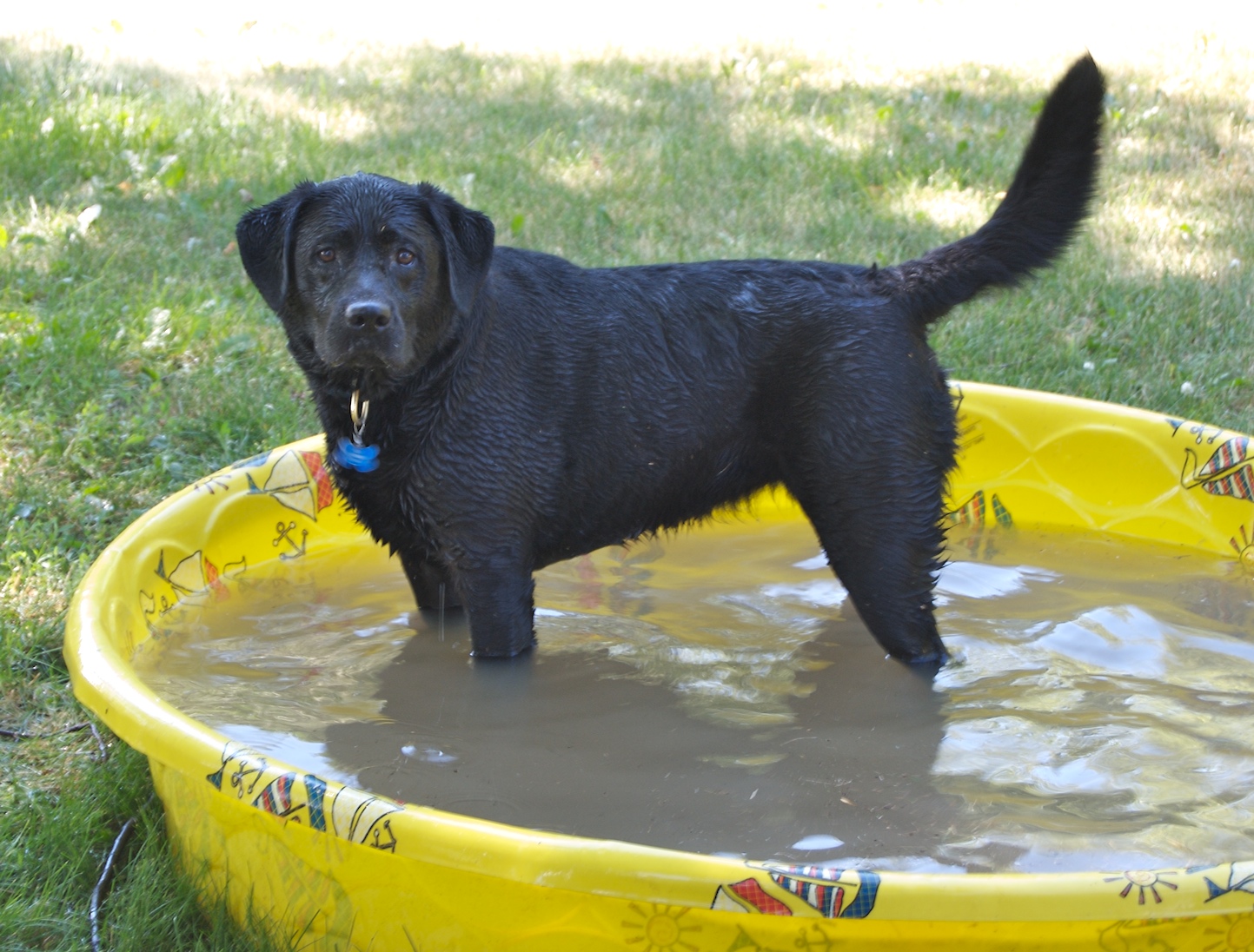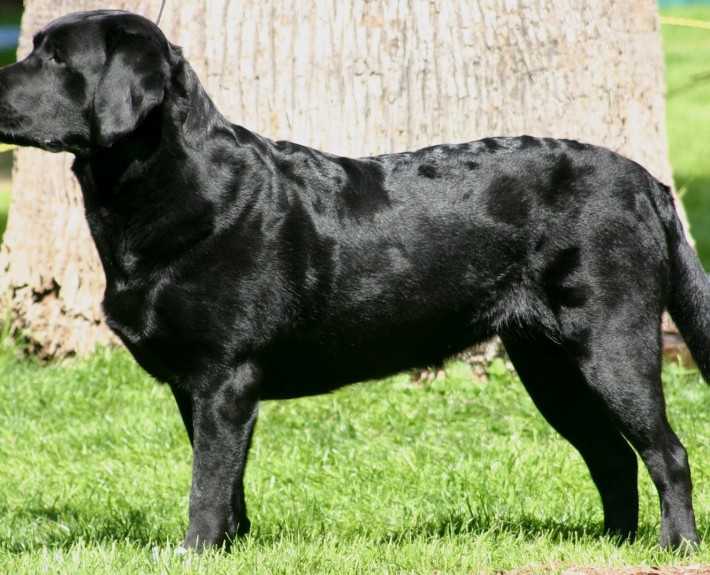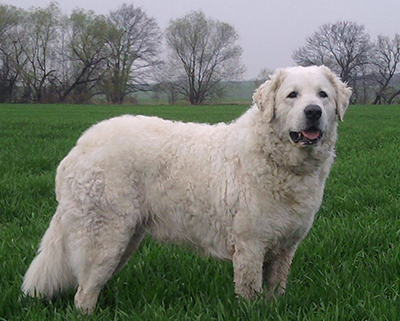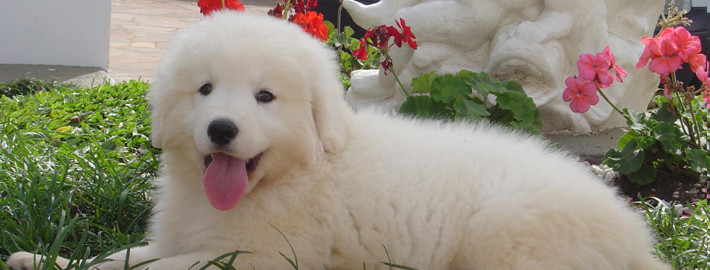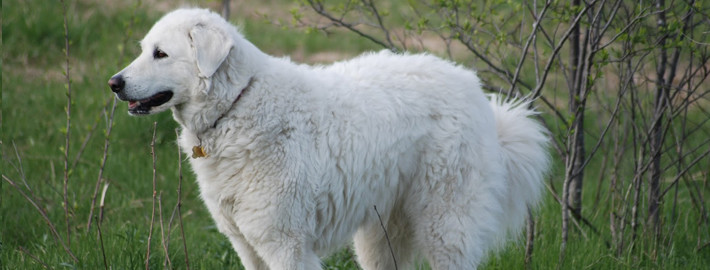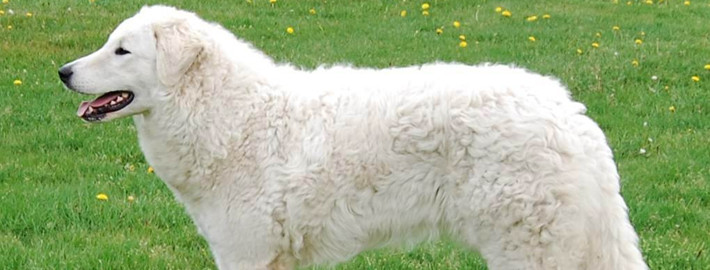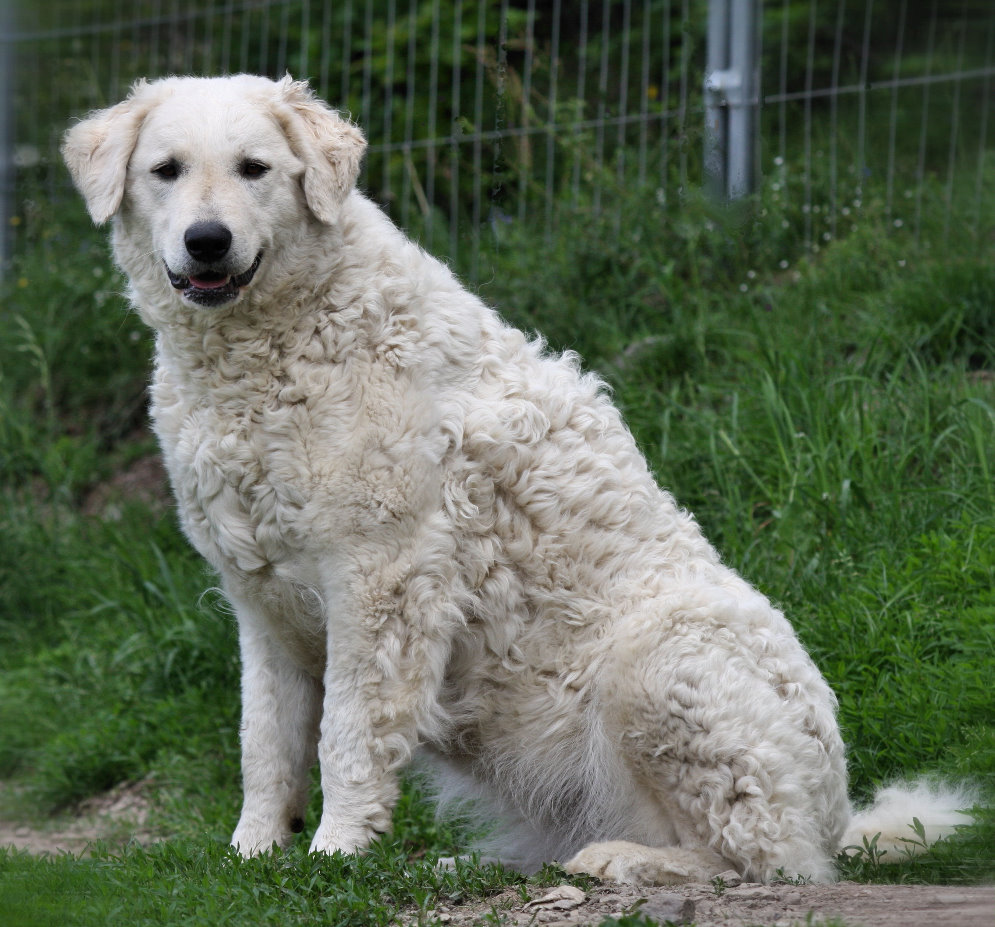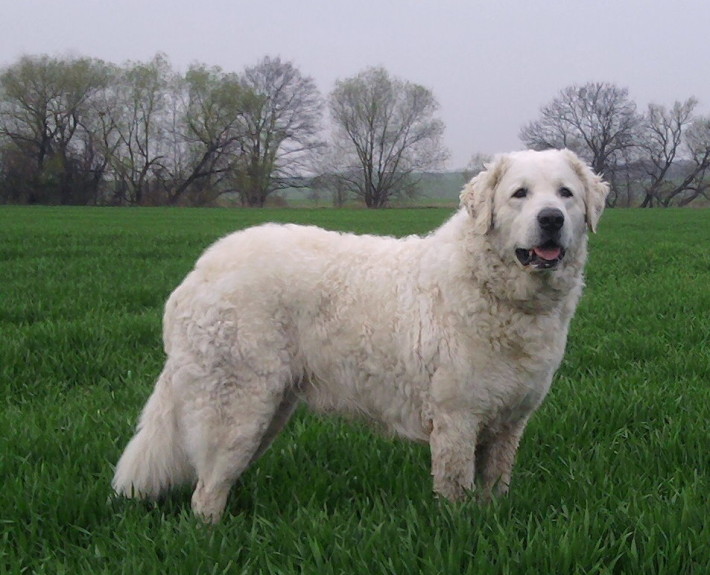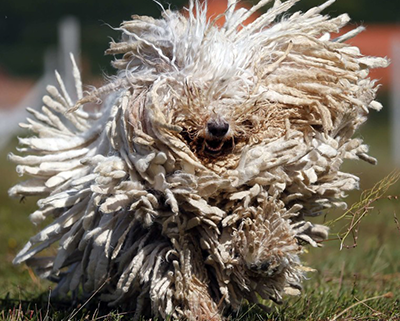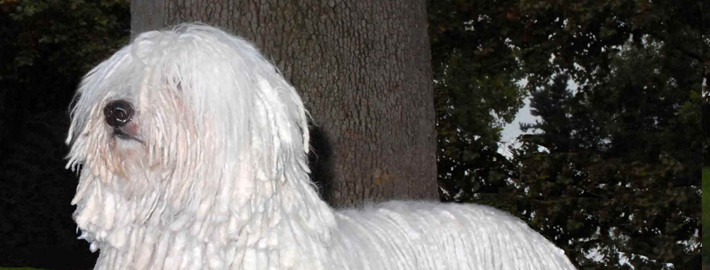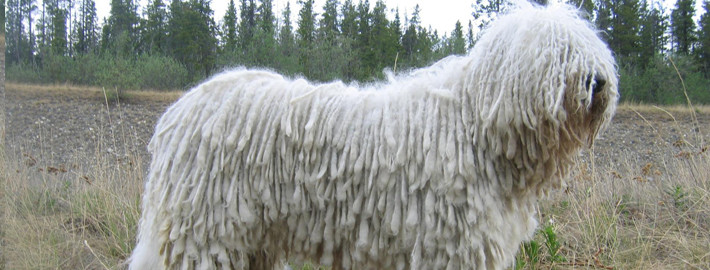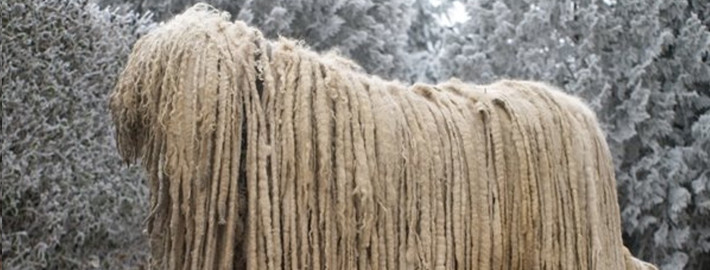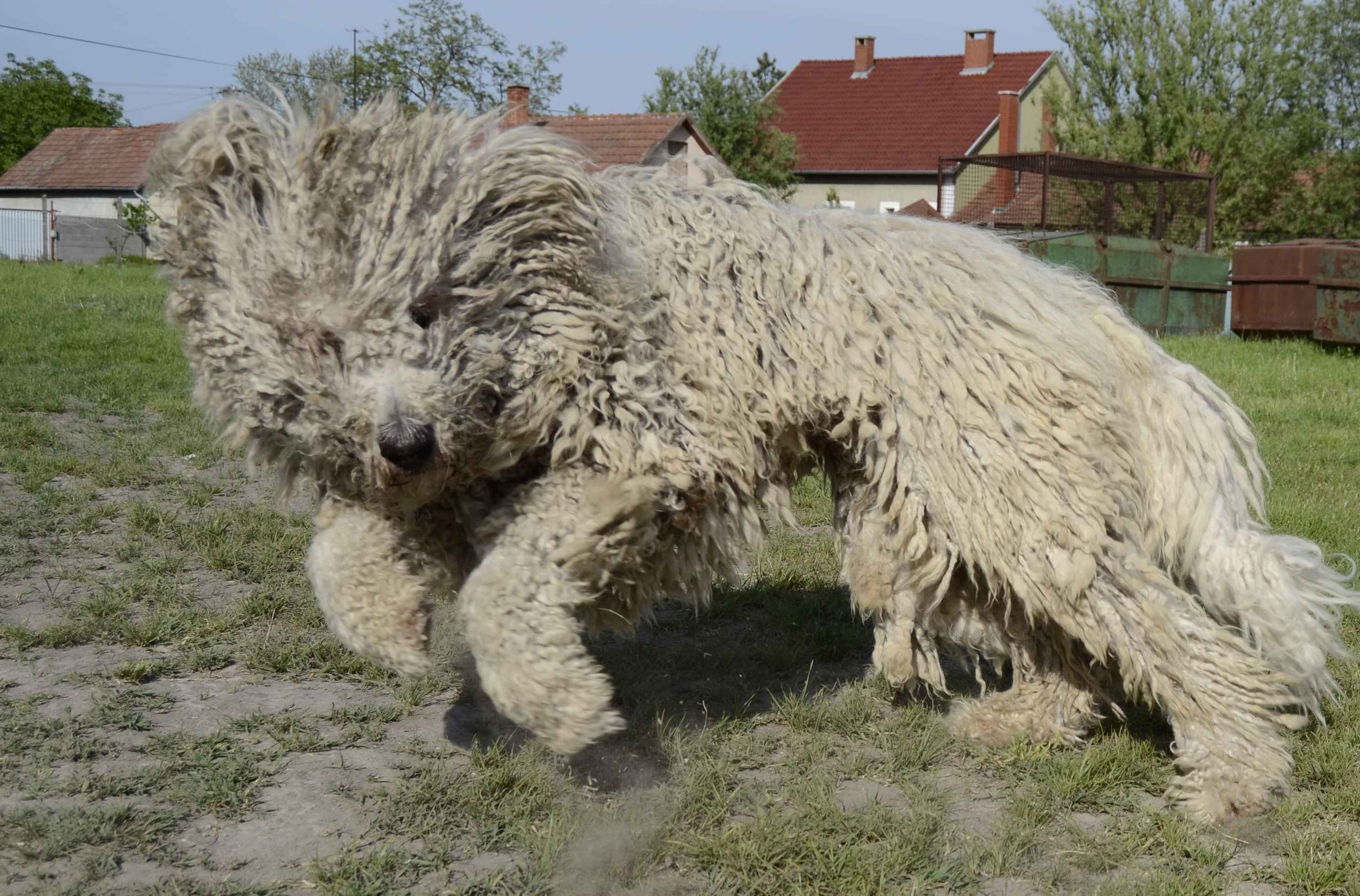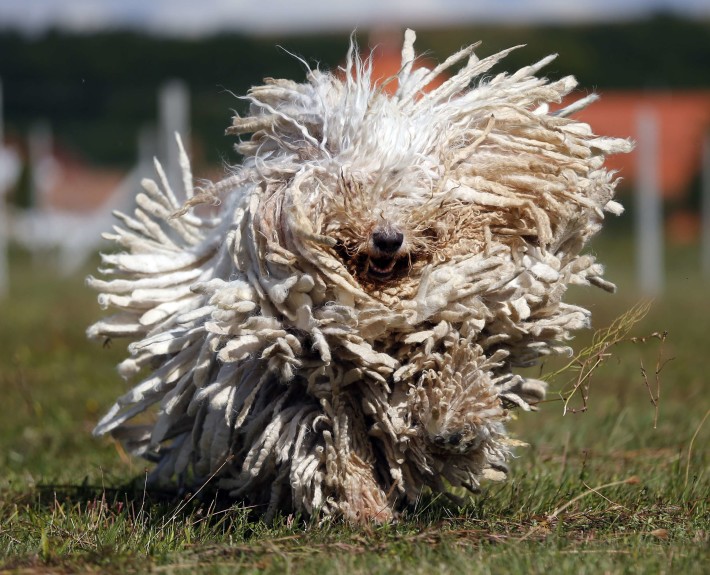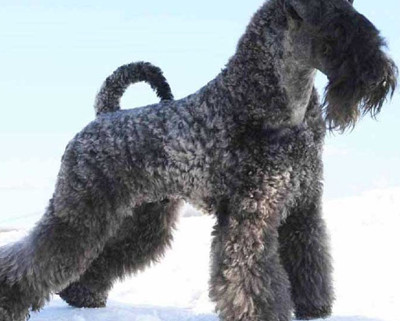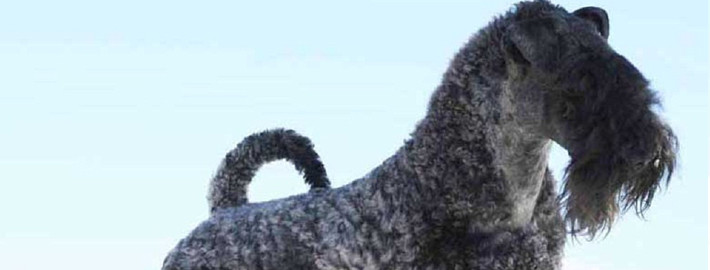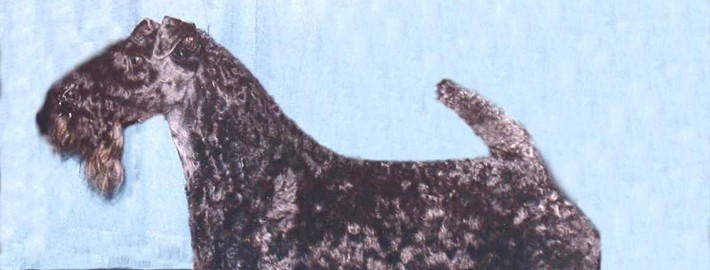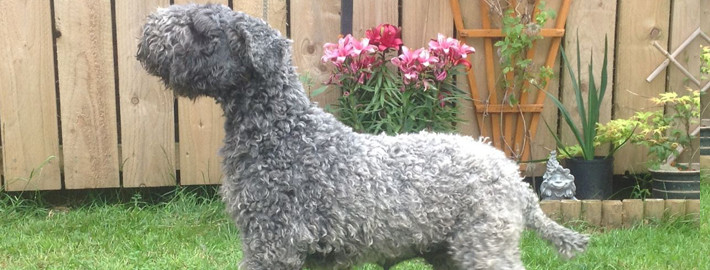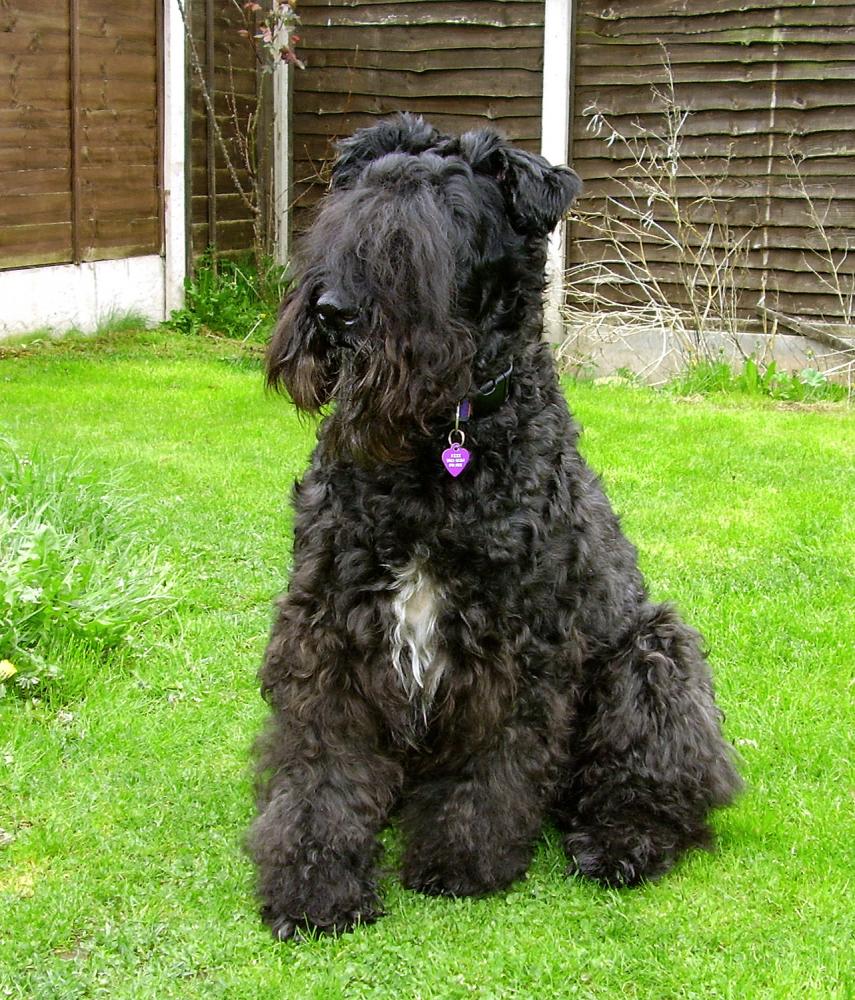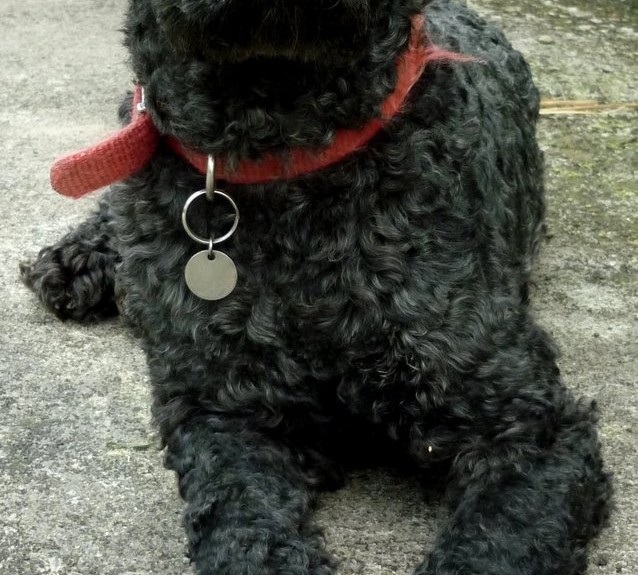Manchester Terrier (Standard)
MANCHESTER TERRIER ( Standard) – Catlike
What makes the Manchester Terrier Unique?
A small dog with a large personality, the standard size Manchester Terrier makes a good companion no matter if you are living in a city or in the countryside.
Page Contents
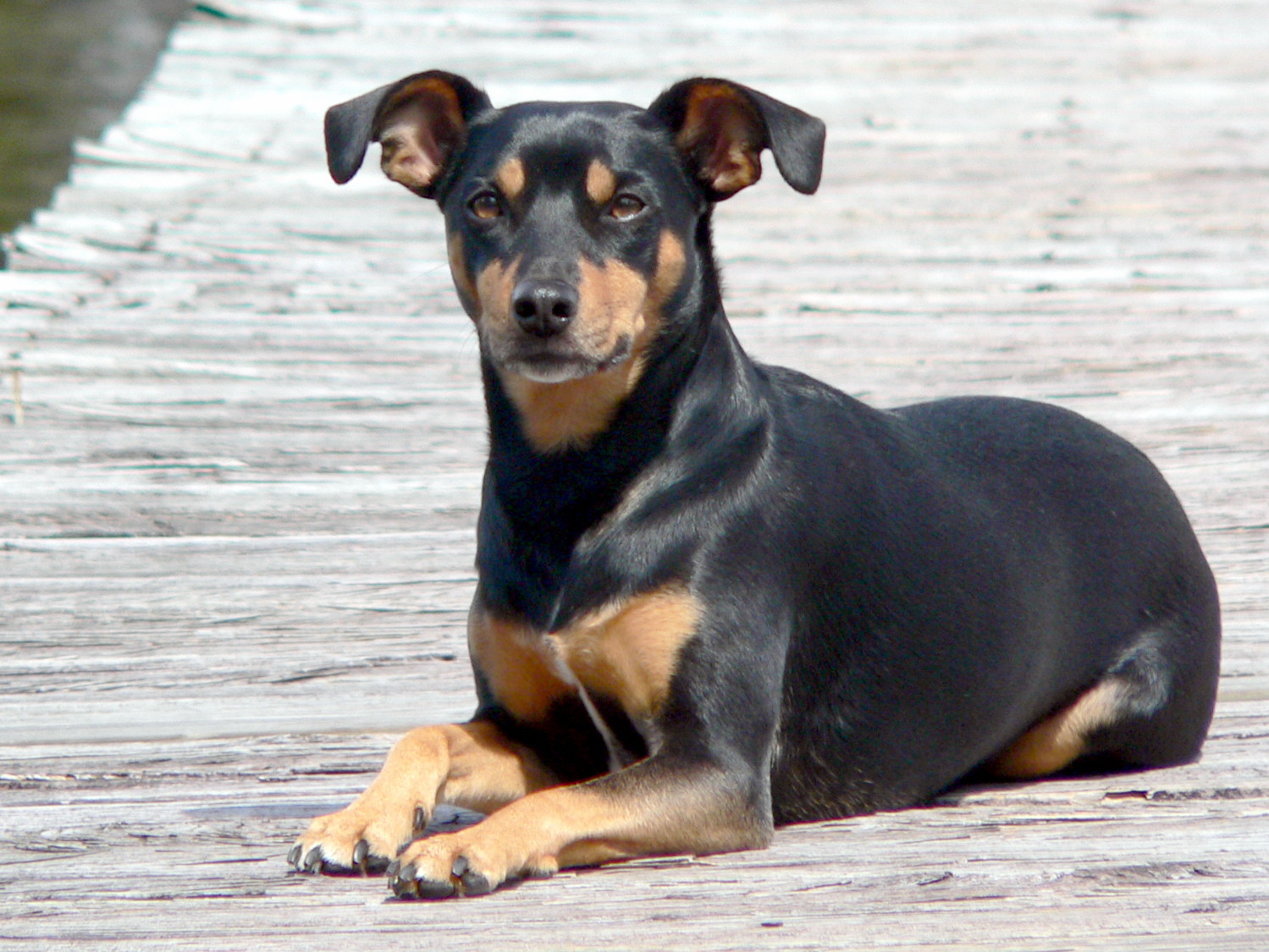
Is the Manchester Terrier Right For You?
Their alert nature makes Manchester Terriers excellent watchdogs but these dogs may nonetheless bark a little too much when potential intruders encroach on their space. Members of this breed are polite but otherwise aloof around strangers. These dogs are also known for their cleanliness and their cat like habits. Despite their tendency to keep busy with games and other pastimes, Manchester Terriers are typically well behaved indoors.
In 5 Words
- Devoted
- Gay
- Active
- Alert
- Keen
Characteristics
Learn About the Manchester Terrier
Description
General Description
Manchester Terriers have athletic bodies that are built for speed. These compact dogs run with a fluid, powerful gait that allows them to easily chase and kill vermin. Members of this breed are somewhat longer than they are tall. They have slightly arched backs and long, tapered heads. In places where cropping is not illegal, Manchester Terriers may have long, pointy ears. Otherwise, these dogs have erect, v-shaped ears with folded over tips. Members of this breed also possess small, dark, almond shaped eyes that often contain an alert expression. Manchester Terriers should have teeth that met in either a level or scissors bite. Black noses and tapered tails help round out the features that are found on members of this breed.
Size
Manchester Terriers come in both standard and toy sizes with the former being 12 to 22 pounds (5.4 to 10 kilograms) on average and the latter being obviously smaller. Standard size dogs of both genders typically stand about 15 to 16 inches (38 to 40.6 centimeters) tall.
Coat
Members of this breed have a short, thick coat with a glossy texture. Black and tan is the only acceptable coloration for these dogs. The areas of each color should be perfectly separate from one another and they should not be blended together on any portion of a dog’s body.
Short History of the Manchester
As a breed dating back to the early Renaissance period, it is no surprise that the English Black and Tan Terriers were known for their prodigious rat catching abilities. Another popular sport at the time was dog racing, a sport where Whippets lead the game. These two dog varieties eventually came together as the result of one John Hulme from Manchester, who was trying to create a multipurpose breed suitable for both activities.. This cross proved quite popular and the breed naturally spread to other areas.
In the late 1820s, Manchester Terriers also began to be used as pit fighting dogs. Owners started cropping their pets’ ears to prevent the injuries that could result as a consequence of this sport. Although similar crosses were undoubtedly created in other locales, the dogs that were the forerunners of the modern day Manchester Terriers were centered in Mr. Hume’s hometown.. Around 1860, the breed was named after the place.
Small Manchester Terriers began to be the order of the day during the turn of the 20th century with dogs becoming as tiny as 2.5 pounds. Naturally, health problems began to crop up as a result of this fad. Although the downsized versions of Manchester Terriers could and did serve to flush out foxes during hunts, they were not as useful for their original purpose as their heartier, regular sized contemporaries.
At one point, the standard and toy versions were regarded as separate entities despite the fact there was little difference between them. Official American Kennel Club recognition of both breeds by took place in the late 1880s. Around seventy years later, it was decided that Manchester Terriers should be regarded as one breed that comes in two different sizes and crossbreeding the toy and standard types is now officially allowed to take place.
Temperament
Manchester Terriers are spunky, energetic dogs that bond quickly with their owners. These intelligent dogs are incredibly loyal to the human members of their family and they enjoy playing with them. Most members of this breed get along well with children as well as other pets. Their alert nature makes Manchester Terriers excellent watchdogs but these dogs may nonetheless bark a little too much when potential intruders encroach on their space. Members of this breed are polite but otherwise aloof around strangers. These dogs are also known for their cleanliness and their cat like habits. Despite their tendency to keep busy with games and other pastimes, Manchester Terriers are typically well behaved indoors.
Caring for Your Manchester Terrier
General Health
Members of this breed can easily live 15 year sor more . However, the breed is not completely free of health difficulties. Ailments that can become problematic in Manchester Terriers include von Willebrand’s disease, hypothyroidism, glaucoma, cataracts, and patellar luxation. Should they spend a lot of time in the sun, some dogs may also develop heat bumps on their backs.
Care
Daily
All dogs need exercise on a regular basis but workout requirements obviously vary by breed. Manchester Terriers will need to be walked at least once per day. Members of this breed are fast runners and with proper training some can be taught to happily jog alongside a bicycle. These dogs also benefit from having regularly scheduled off-leash playtime in an area with a secure fence.
Weekly
Good oral health is of paramount importance for all breeds. Therefore, owners should clean their pet’s teeth a few times per week using a canine toothbrush and toothpaste that has been formulated for dogs.
Monthly
Parasite prevention medications are a must for all dog breeds. Typically, these products are administered once a month to keep fleas, ticks, and other irritants at bay. Pet owners should note that the midrange products are generally more effective than the cheaper ones in most cases and plan accordingly.
Grooming & Bathing
These dogs need to be brushed at least once a week. Manchester Terriers should also have a full bath every so often in order to be at their best. Owners will additionally want to keep their dog’s toenails trimmed and its’ ears cleaned so that their pet stays in good health.
Exercise & Training
Owners should keep their Manchester Terriers on a leash during their daily walks because these dogs enjoy chasing after anything that crosses their path, a habit that could prove especially dangerous in city environments. These dogs also enjoy digging so owners should even keep an eye on pets that they think are contained in a safe enclosure.
Although Manchester Terriers may not get along well with other dogs, proper training at an early age can prevent this tendency from becoming a serious problem. Consistency is the key in training these dogs because, as is the case with most terriers, members of this breed like to see how far they can bend the rules.

